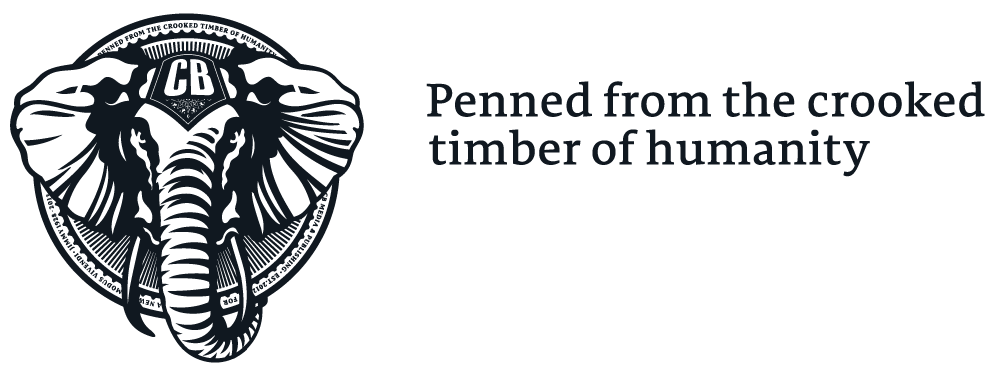Richard Thomas was charged earlier this year with setting Sasha Fleishman on fire. Sasha drifted off to sleep on the bus heading home from school, only to wake up screaming “I’m on fire!” Sasha’s skirt went up in flames leaving second- and third-degree burns.
The case was labeled a “hate-crime;” Sasha was born biologically male, as “Luke,” but wears a skirt, and identifies as “genderqueer.” It’s the catch-all category for gender identities other than male and female.
The incident added fuel to the conversation and evolution of gender identity. After a decade of lobbying, The University of Vermont made headlines this month, officially recognizing a third gender: “neutral” as an option for students to identify themselves. It follows the University of California’s decision to introduce gender-inclusive restrooms across its campuses in Irvine.
At the age of 16, Sasha explained, “At first I just assumed that I was this heterosexual man, because I didn’t have any reason to assume otherwise. But I started thinking, Well, am I a guy? And so I started identifying as genderqueer … The fact that I was questioning my gender meant that I was genderqueer.”
Of course, such an explanation has been met with ridicule. Robyn Ochs, a founder of an early L.G.B.T. faculty and staff group at Harvard commented that, “People try to reduce this whole topic to kids trying to be cool or they’re just acting out or whatever, just trying to be different or new. But there have always been people who have felt profoundly uncomfortable in their assigned gender roles.”
Without recognition and options on official documents to self-identify as other than male or female, studies by the National Center for Transgender Equality has shown discriminatory effects in health care, employment, immigration, housing, military sectors, and prisons.
Germany’s decision, being the first country in Europe to introduce a third sex category, did so to address the health issues of babies born with ambiguous sex organs. In the past, when a child’s anatomy did not conform to the category of male of female, parents and physicians were forced to make an immediate decision on sex reassignment surgeries and hormonal therapies.
The German Ethics Council led the change in legislation, and explained the move against normalization interventions, “Irreversible medical sex assignment in persons of ambiguous gender infringe the right to physical integrity … to an open future and often also to procreative freedom.” Now, the option provided for deference of any surgery and allowed the individual to decide for themselves.
It is a passionate issue due to gender identity standing at the crossroad of medical/physiological, psychological, philosophical, and ethical conversations.
The unforbearing question: Should a person’s physiology be corrected to align with their psychology or the other way around?
And the issue is far from contemporary. In traditional Samoan culture, the “Fa’afafine” are men who are raised as females. Elders believe there are boys born with the “Fa’afafine spirit,” while others say it can be nurtured. Indigenous North Americans recognize “Two-spirit” individuals—male and female identities in one body—among their tribes.
After a Sydney resident went to the High Court and won the legal battle to be recognized as a non-specific sex, a gender rights representative noted the importance of the worldwide movement and ongoing conversations,
“Identity recognition is a fundamental human right.”

























